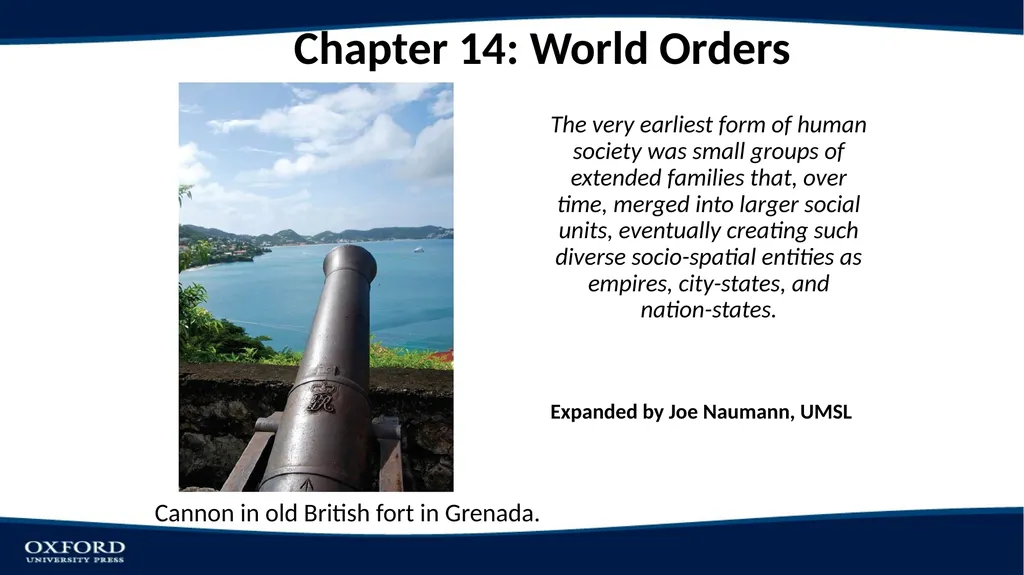
Chapter 14: World Orders Cannon in old British
Author: alexa-scheidler | Published: 2025-07-18
Description: Chapter 14: World Orders Cannon in old British fort in Grenada. The very earliest form of human society was small groups of extended families that, over time, merged into larger social units, eventually creating such diverse socio-spatial
Download Presentation
Download the PPT/PDF: Download
Transcript:
Loading transcript…